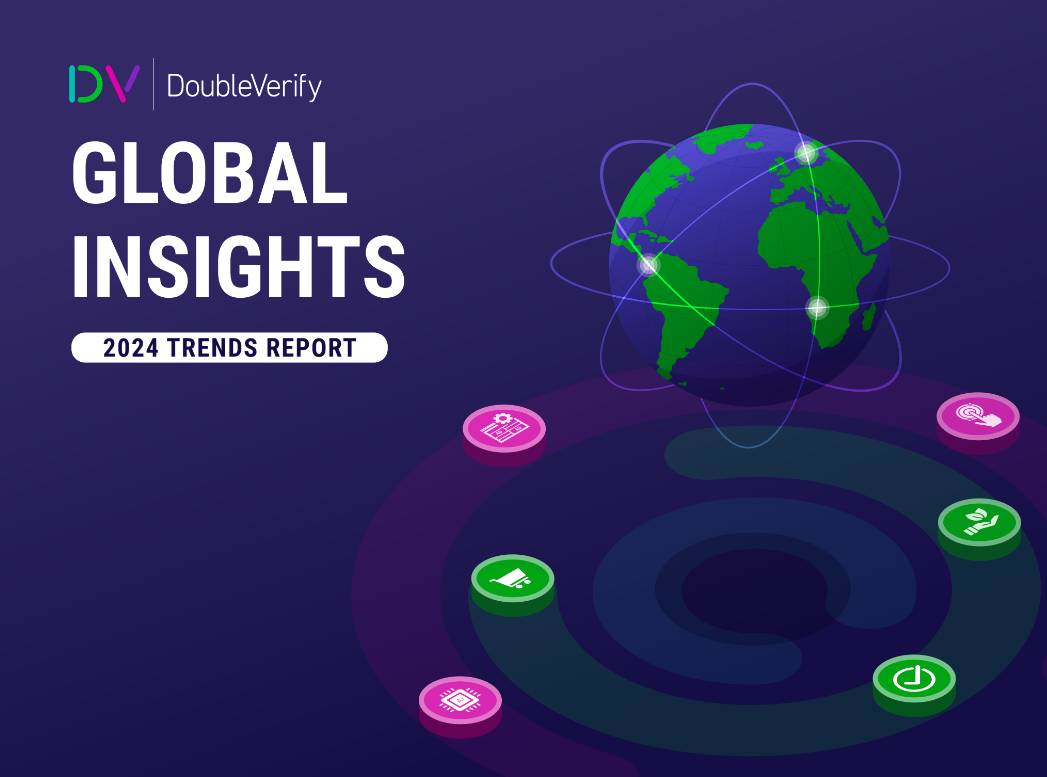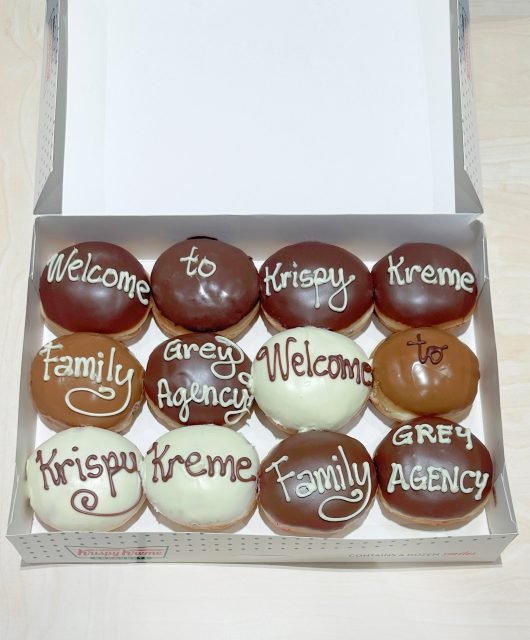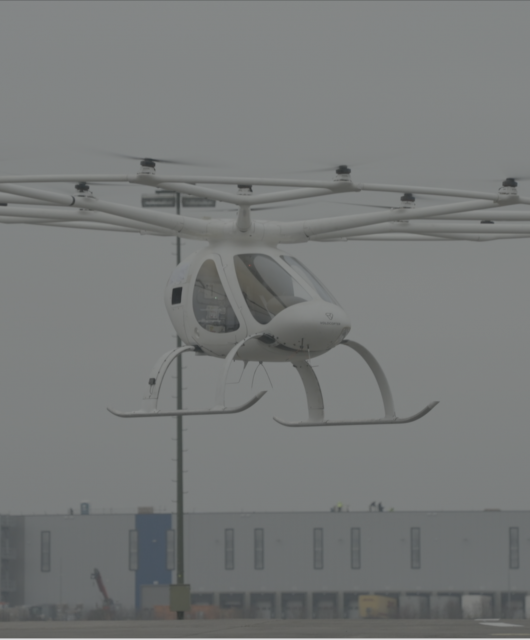New Research By DoubleVerify Indicates MENA Brand Suitability Violations Are Over Double The Global Benchmark
MENA brand suitability violations exceed the global benchmark, and contribute significantly towards EMEA being the lowest-performing region overall.
Dubai, UAE – [22nd July 2024] – DoubleVerify (“DV”), the leading software platform for digital media measurement, data, and analytics, has revealed findings from its eighth annual DV Global Insights: 2024 Trends Report. The report reveals that the MENA region is lagging behind others in terms of brand safety, with brand safety and suitability violations far surpassing the global benchmark. MENA violations stand at 12.5% of all ads served in 2023, more than double the global benchmark of 5.8%. EMEA overall was the poorest performing region for brand safety and suitability with a benchmark of 9.0%, over 70% higher than that of North America.

However, there has been progress, with MENA violations dropping by 14% in 2023 compared with 2022. Additionally, the Gulf Cooperation Council (GCC) fared better, with a lower brand suitability violation rate of 9.4%. The state of overall media quality in this region was also higher than the MENA average, with ads generating a 72% authentic viewable rate, compared to 61% in MENA and 66% in EMEA overall. GCC’s display viewability was also the highest in this geography at 77%, with MENA’s at 71% and EMEA’s at 70%.
The DV Global Insights: 2024 Trends Report provides a comprehensive overview of worldwide data, quality and performance trends, along with, for the first time, regional trend reports. The EMEA report also found that 42% of EMEA media buyers saw an increase in low-quality content and made-for-advertising (MFA) sites as a disruptive threat to the digital ecosystem, while 34% reported that emerging channels have a significant negative impact on media quality.
However, the report also indicates progress in EMEA in regard to brand suitability, with violations decreasing by 15% and MENAT violations dropping by 20%. Nevertheless, with a shifting political landscape and news cycle, brand safety and suitability should be key concerns for advertisers.
The growing accessibility of Generative AI is also a cause of concern, with over half of global respondents to the report believing that Generative AI significantly negatively impacts media quality. This concern will need to be addressed as upcoming election cycles see more politically charged, AI-generated content online.
Despite the challenges, the report found that AI is also regarded as a solution, with 55% of global media buyers responding that AI-driven campaign optimisation positively impacts media quality. Globally, a factor in the overall decline in brand safety violations is the 41% year-over-year increase in the utilisation of AI-led, custom pre-bid brand suitability protections. This allows advertisers to apply safety and suitability controls before a bid is placed and the ad is rendered or blocked.
Pre-bid controls reduce waste for advertisers by allowing bids to be placed on suitable impressions. For publishers, they allow monetisation of impressions that don’t align with one brand’s suitability criteria but could be a fit for another.
“As the impact of AI-generated content continues to grow, it is vital for MENA advertisers to invest in brand suitability solutions,” said Daniel White, Regional Vice President MENAT at DoubleVerify. “While areas within MENA – most notably the GCC – are performing better when it comes to brand suitability and media quality, there is still much room for improvement. Media buyers in the region should look to North America as an example, where the adoption of AI-driven, pre-bid protections has increased, reducing the market violation rate to 5.2%.”
For the full DV Global Insights report series, visit https://doubleverify.com/global-insights-2024-trends-report.





